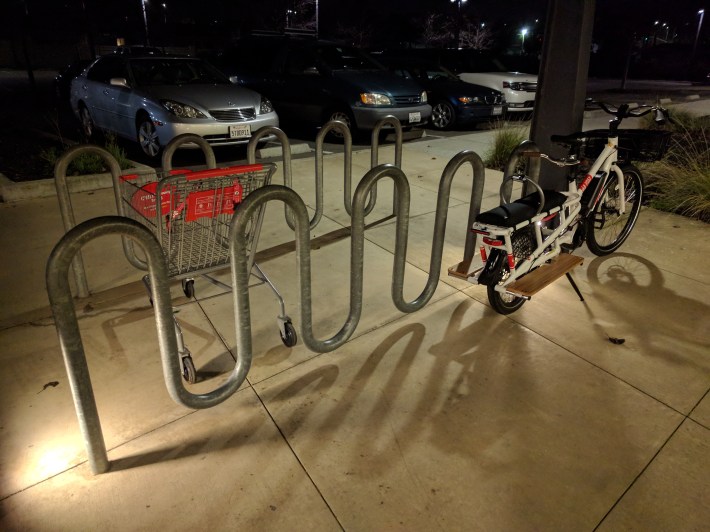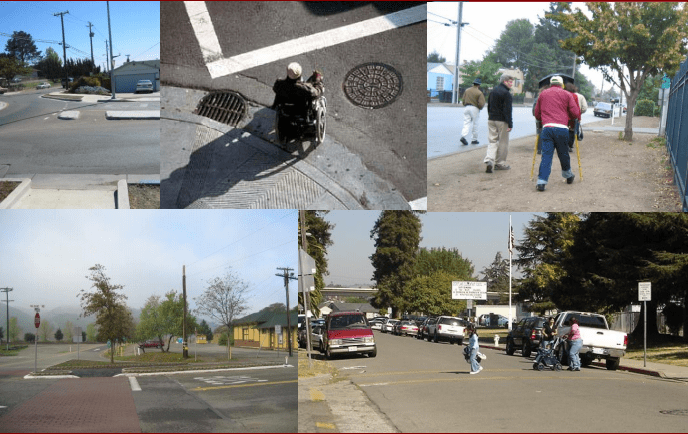Note: GJEL Accident Attorneys regularly sponsors coverage on Streetsblog San Francisco and Streetsblog California. Unless noted in the story, GJEL Accident Attorneys is not consulted for the content or editorial direction of the sponsored content.
Joe Lamberti, who rides his daughter to Golden Oak Montessori School in Castro Valley on his cargo bike, was stark about bike and pedestrian infrastructure in Alameda County's unincorporated areas. "It sucks!" he said while heading into last night's charette about bike and ped plans, held at the Castro Valley library.
Lamberti, who was one of about 40 people to attend, was especially critical of the door-zone bike lane on Redwood Road, which, aside from offering no real protection from inattentive motorists, disappears at key intersections. "Drivers swing right into the bike lane to pass other cars ... it invites collisions," he said.
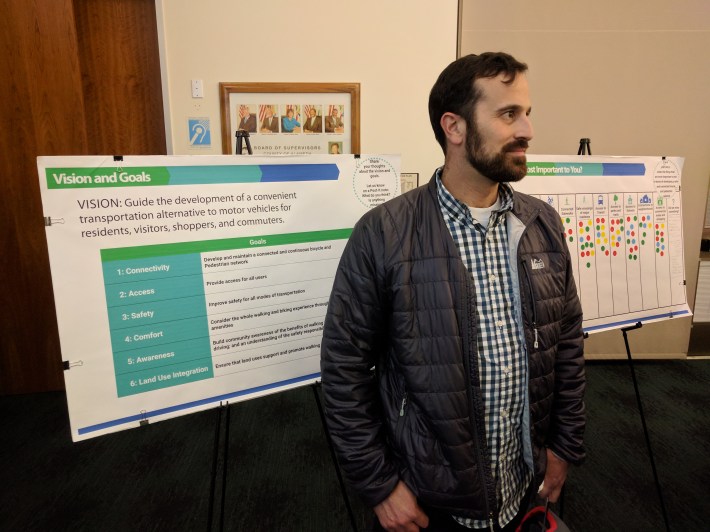
This is the kind of condition that Paul J. Keener, Senior Transportation Planner at the Alameda County Public Works Agency, hopes to fix in an updated Bike and Ped Master Plan for improvements in the unincorporated parts of the county. The plan is updated every few years.
"What's most important to you that we prioritize?" asked Keener during a question-and-answer session at the presentation. He also said the idea is to focus on missing links in bike lanes and to improve walking and biking connections to transit and schools.
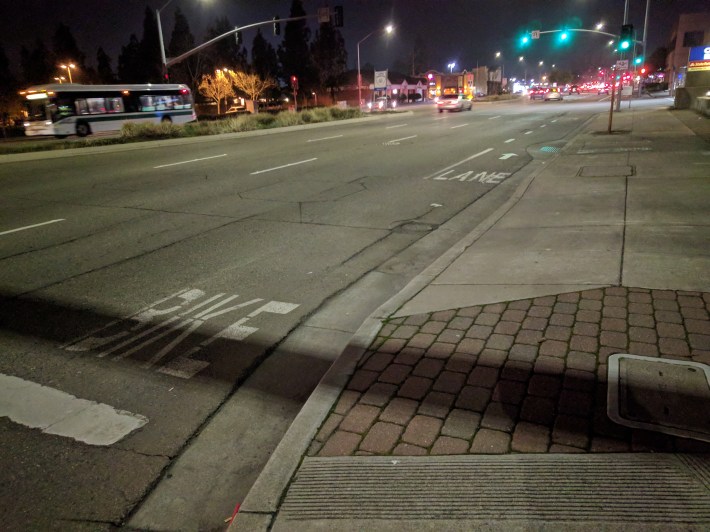
But, as the chart (from the last available master plan, from 2012) below indicates, there's a huge amount of work to do. The county only has 3.3 miles of Class 1 bike path. The rest of it consists of striped door-zone lanes that cut in and out, don't continue across intersections, or are positioned in the gutter along with the storm drains. And then there are 4.3 miles of "bike route," which isn't really anything but a street with signs.

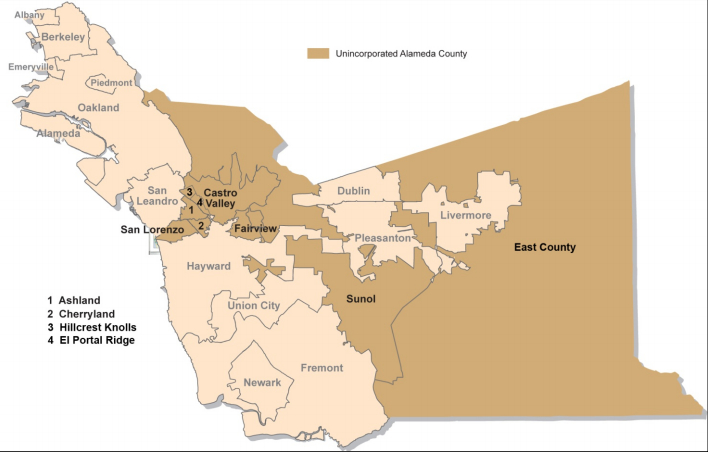
JoAnne Lauer of BikeWalk Castro Valley, who was also at the meeting, didn't seem terribly optimistic about that getting improved. "Now they have all kinds of money, and they are trying to throw solutions at things without consulting users."
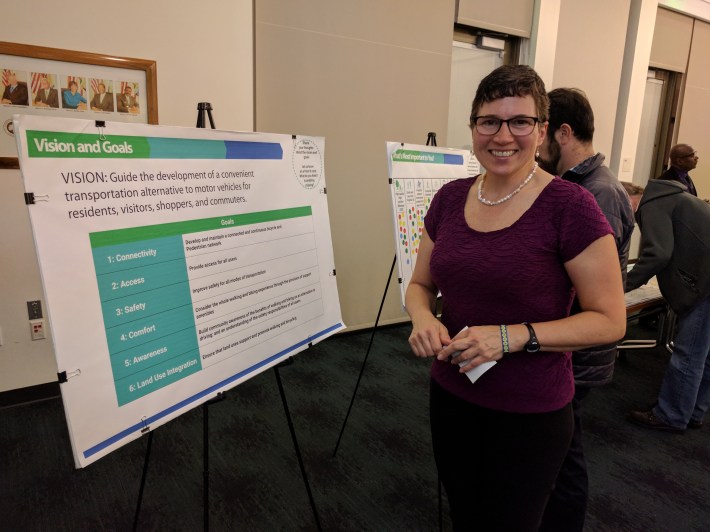
Lauer voiced her frustration with some recently added pedestrian bulbouts--which are great, she said, but the county built the wheelchair ramps at a 45-degree angle from the corners of the intersection, instead of having two ramps on each bulbout. This means people in wheelchairs or using strollers can't get directly to the crosswalk they need.
Instead, someone in a wheelchair has to roll into the intersection and navigate around the bulbout to get to the crosswalk. "With the ramp in the corner they made it less safe... " than it was before, she said.
"I'm a super pedestrian!" said Pam Bovyer, also with BikeWalk Castro Valley. "I've avoided being hit only because I'm super paranoid."
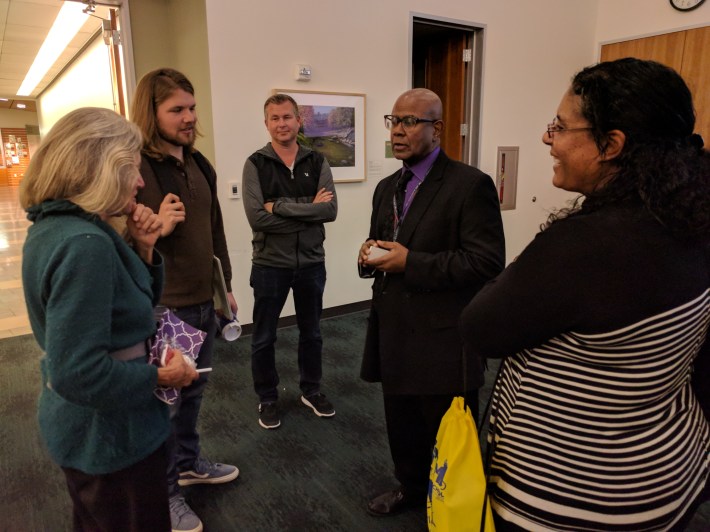
Not everyone is so lucky. Lauer's son was hit, fortunately not too seriously, in a crosswalk by an inattentive motorist. And Lauer was hit while riding her bike.
Dorothea Beringer, who is originally from Bern, Switzerland, had similar complaints about the bike and pedestrian infrastructure. "My dream is for my kids to be able to bike to school [it's only two miles away], but it's just too dangerous ... so I'm one of those moms lining up in a car to pick them up."
She is especially peeved about Proctor Road, which has a substandard sidewalk that is continually blocked by parked cars. "We want the sidewalk improved. And I've been fighting for ten years to get the sheriff to ticket people for parking on it."
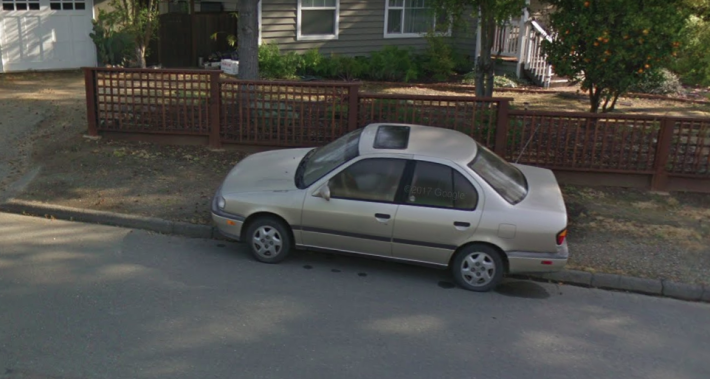
It's unclear how many of these issues will be resolved in the new plan, which should be available next week.
Alameda County is working on the plan with Toole Design Group (TDG). Streetsblog readers will recall that Bill Schultheiss, one of its principals, has long argued for truly protected/separated, Dutch-style bike lanes on fast, multi-lane roads. He's also pushed for traffic planners to have to behave in a more ethical way, making the safety of vulnerable road users the number one priority.
TDG's Megan Wooley-Ousdahl, who presented at the meeting, said she has toured and studied Dutch and Danish bike facilities. Sam Gross, another TDG planner on the project, said there will be some Dutch-influenced infrastructure/protected bike lane options in the plan.
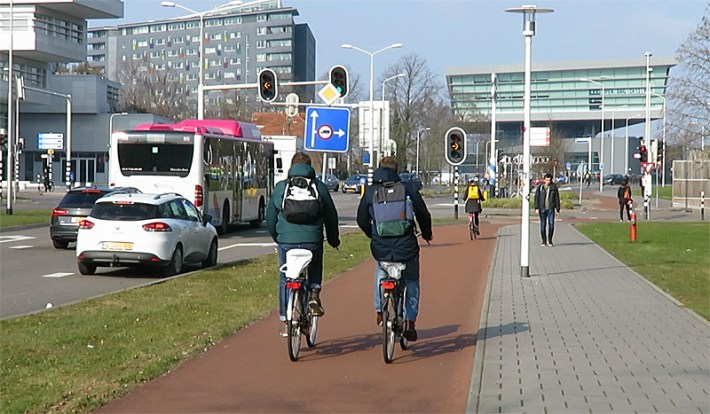
Portions of the project should take five to fifteen years, depending on priority. Keener said the total costs of implementing the plan has not been calculated.
The last meeting in this round of public comments is tonight, Thursday, January 18, 6:30-8:30 p.m., at the Livermore Public Library. As with the previous meetings, the formal presentation, which runs about 45 minutes, starts at 7 p.m. Comments on the plan can also be made to Paul J. Keener, Senior Transportation Planner for Alameda County Public Works Agency at paulk@acpwa.org.
